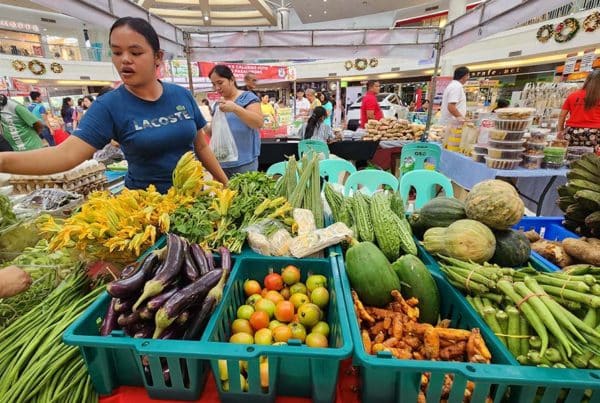Carabao population dwindling
SAVING THE BEAST OF BURDEN
LINGAYEN—At the rate carabaos are being slaughtered for food in the province, the country’s national animal and known as the beast of burden for in the farms could in several years reach a critically low number.
Data released by Benita Pizarro, provincial planning and development officer, show that the number of carabaos in Pangasinan has declined from 110,268 in 2010 to only 77,794 in 2013.
The downtrend is also seen in two of the three other provinces in Region 1 with an overall decline from 317,073 in January 2010 to only 290,180 at present.
Dr. Gloria de la Cruz, chief of the Philippine Carabao Center (PCC), has called on the industry to manage the carabao population during a press conference last January 29 organized by the provincial government.
Dela Cruz appealed partcularly to the tapa makers of Mangaldan to slaughter only the male carabaos and spare the females that can give milk and produce calves.
Carabao meat is also used for a popular delicacy in Mangaldan and Dagupan called pigar-pigar, which is braised and sautéed carabao meat.
CARABAO LAW
Pangasinan, which registered the biggest decline in the region, ironically is the first and only province in the country with an ordinance for the protection and preservation of carabaos.
Last year, the Sangguniang Panlalawiganpassed Provincial Ordinance No. 170- regulating the sale or slaughter of female carabaos, including the riverine buffaloes and crossbred.
A salient feature of the ordinance provides for a “buy back scheme” enabling the provincial government to purchase the female breedable carabaos from farmers using the Carabao Build Up Trust Fund initially set at P1.5 million and and P500,000 for every succeeding year.
Under the ordinance, female carabaos purchased under the buy back scheme shall be loaned out to qualified members of a dairy association/cooperative who pass the criteria set under the so-called “paiwi system”.
De la Cruz hailed the ordinance and called on congressmen of Pangasinan use the ordinance as a model for a national law.
PCC-trained staffs currently conduct artificial insemination in different towns to produce more carabaos.
Dr. Eric Perez, provincial veterinarian, said the remaining carabao population in Pangasinan are mostly located in Alaminos City, Agno, Anda, Bani, Bolinao, Burgos, Dasol, Mabini, San Fabian, Bautista, Binaklonan, Pozorrubio, Villasis, San Manuel and Umingan.
The PCC will provide the province 60 breedable carabaos to six farmers cooperatives in the province., including the Free Farmers Association of Bugallon and Samahan ng mga Maralitang Magsasaka of Lingayen.—LVM and Johanne R. Macob







